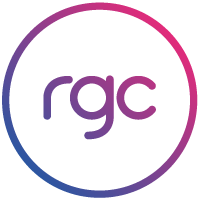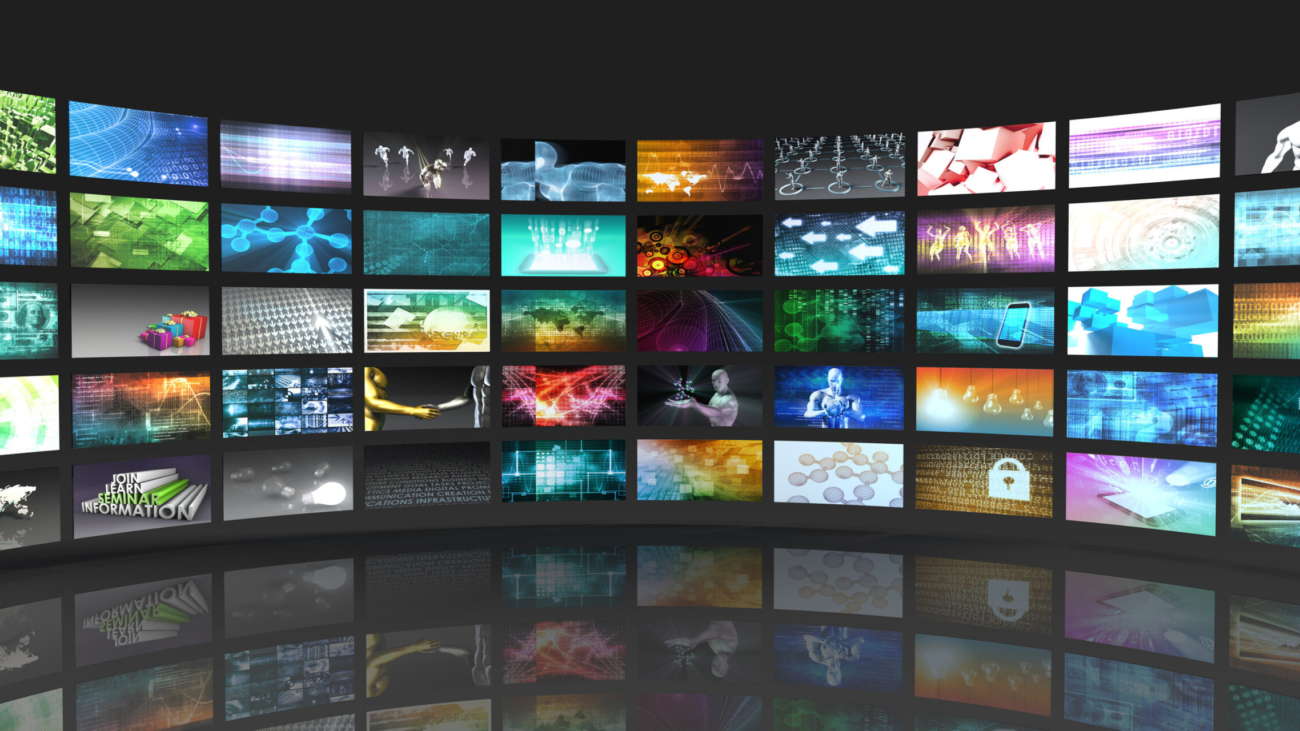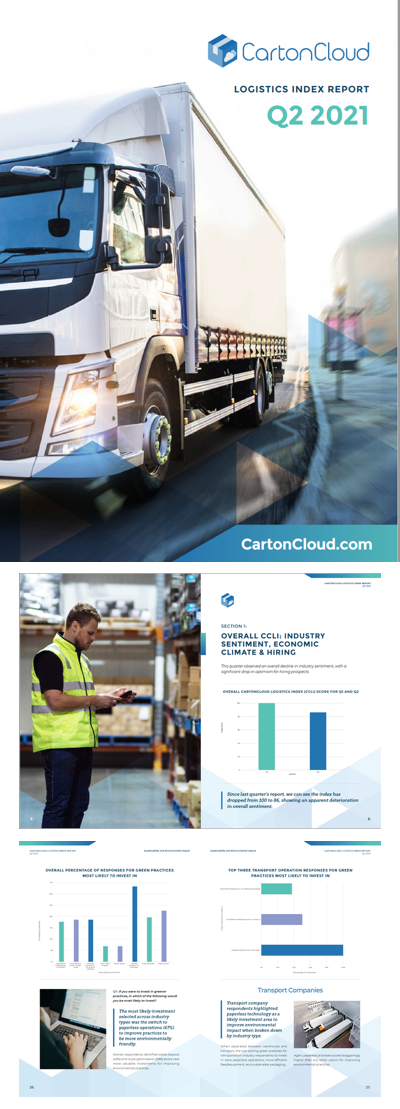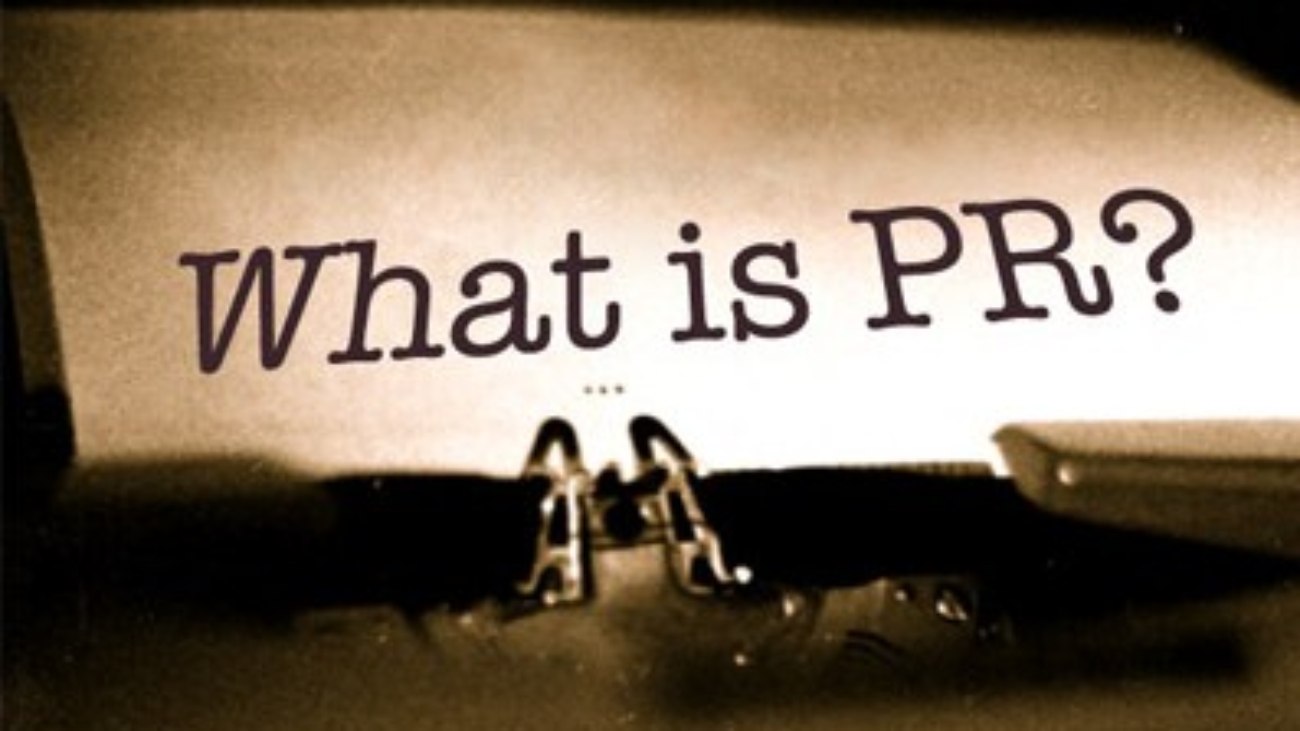How people consume media has changed since the onset of the pandemic and it’s a complex battleground out there for content creators and advertisers to reach their target audience.
Introduced factors like increased time at home and lengthy lockdowns have significantly influenced how, when and what people listen to, watch, read or play.
All the research shows people are streaming more content on-demand. They are consuming more digital news.Fewer people are going to the cinema. Less people are listening to the radio on the way to work.
To understand whether the industry needs to shift the way we think about content production, distribution and consumption, lit’s important to understand the different types of content consumption.
-
- Routine consumption – content consumed habitually
-
- Spontaneous consumption – content consumed usually while filling time and requiring low concentration.
-
- Planned consumption – at least 30 minutes is set aside for the consumption of specific content
The amount and type of content that people consume spontaneously are emerging as a key point to consider for the industry.
Spontaneous consumption describes things like short-form video content on YouTube, scrolling through Instagram, or turning the pages of a magazine on the table at work.
Research by PWC shows spontaneous media consumption is beginning to dominate the landscape and some of the numbers are extraordinary.
Spontaneous consumption accounts for 66% of the video content on social media, 44% of the content of streaming platforms, 62% of content read on the internet, 56% of digital media listened to on devices, and 52% of video games on a mobile device.
The amount of spontaneous consumption means led PWS to make the case that reaching the core audience may be getting more challenging as the opportunity to reach them with a message has to compete with a more fragmented, and increasingly non-advertising supported, range of choices.
Gaining a share of attention in this space requires us to look at a multilayered planning approach that balances the critical nature of reach, with the need to obtain frequency across a multitude of channels.
At RGC, we are keenly aware of changing consumer behaviours and are capable of producing a range of content that gets in front of people, no matter where they are.
Our in-house production studio can deliver high-quality webinars and podcasts to reach audiences when they go to watch or listen to media.
We can create websites and implement digital marketing strategies with SEO that engage audiences when they’re Googling.
And we produce compelling content for traditional and digital media to get in front of audiences online and in print.
The fight to gain and maintain attention has become even more complex since the pandemic and understanding where and how our audiences are consuming media is crucial to great results.
